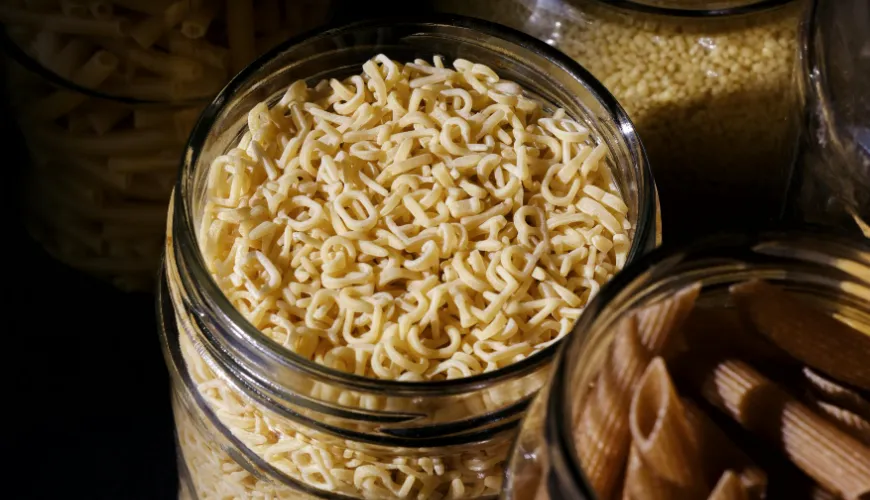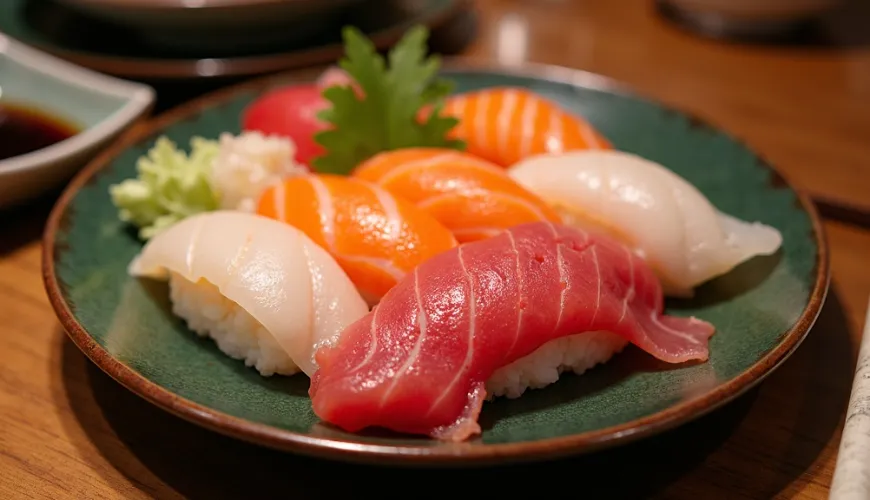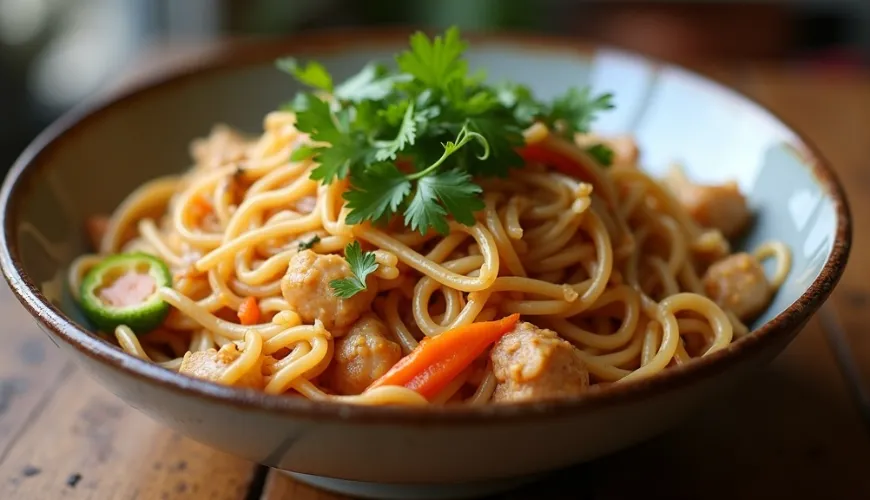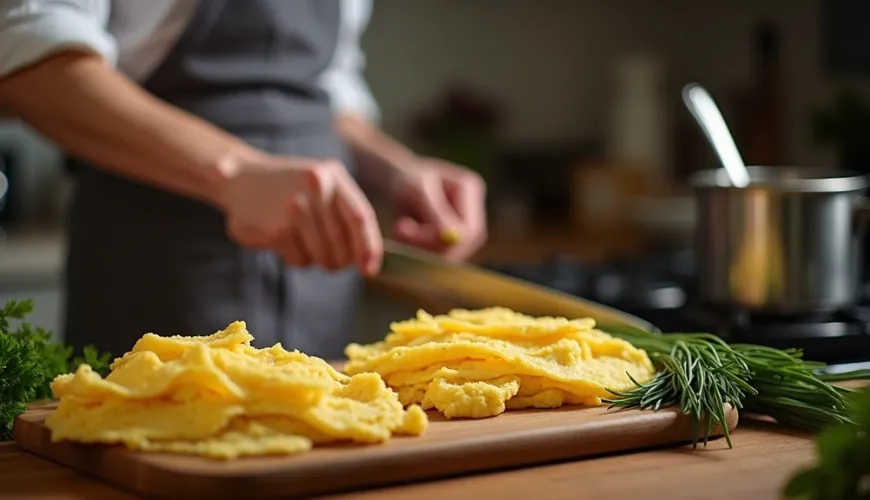
Discover the art of preparing nigiri sushi at home without stress

What is Nigiri Sushi and Why is it Worth Noticing?
Sushi has become a common part of many people's diets, not just in Japan but around the world. For some, it is synonymous with luxury and culinary art, while others can't imagine a quick lunch or dinner without it. One of the most traditional and simplest types of sushi is nigiri sushi – a small roll of rice topped with a piece of fresh fish or another complement.
Although it might seem like a simple dish at first glance, this minimalist form conceals thoughtfulness, skill, and deep respect for the ingredients. Nigiri sushi is often considered the pinnacle of sushi art because it requires perfect technique and fresh, quality ingredients.
A Small Work of Art on a Plate
The origin of nigiri dates back to the Edo period in Japan (18th–19th century) when it started to be prepared as a quick meal for the people of Tokyo. The word "nigiri" comes from the Japanese verb nigiru, which means "to squeeze" or "to grip" – and this describes the method of making this type of sushi. A sushi master shapes an oval roll of specially prepared rice in their hand and presses a slice of raw fish, sometimes seafood or vegetables, onto it. Sometimes the fish is secured with a thin strip of nori seaweed.
Nigiri sushi is a showcase of precision and balance – between rice and fish, flavors and textures, tradition and creativity. Each piece should be made to the perfect size for a single bite, allowing you to enjoy all the layers of flavor simultaneously.
Different Types of Nigiri – Not Just Salmon and Tuna
When people think of sushi, most imagine salmon or tuna. But the world of nigiri sushi is much more diverse. There are many variations that differ according to the type of fish or other complements used. The most common include:
- Sake nigiri – salmon: a popular choice for its delicate flavor and color
- Maguro nigiri – tuna: a classic with a full flavor and higher protein content
- Ebi nigiri – cooked shrimp: slightly sweet taste and firm texture
- Unagi nigiri – grilled eel with sauce: a more pronounced and sweeter variant
- Tamago nigiri – Japanese sweet omelet: a vegetarian option with a mild taste
- Ikura nigiri – salmon roe: distinctly salty taste and unique texture
Apart from these basic types, there are also seasonal and regional variants that differ according to the availability of fresh ingredients. In some sushi restaurants, you can find more creative versions with truffles, citrus peel, or marinated fish.
Interestingly, in top sushi restaurants, nigiri is often served with the rice down – the fish touches the tongue first, enhancing its flavor. This is what makes such a simple dish a gourmet experience.
Homemade Nigiri Sushi? With a Little Patience, It’s Possible
It might seem that preparing nigiri is reserved only for professional chefs, but with available ingredients and guides, this delicacy can also be made at home. The foundation is quality sushi rice, fresh ingredients, and the right hand-forming technique. Below is a simple recipe for homemade nigiri sushi:
Nigiri Sushi – Recipe for Beginners
Ingredients:
- 300 g sushi rice
- 350 ml water
- 3 tablespoons rice vinegar
- 1 tablespoon sugar
- 1/2 teaspoon salt
- 200–300 g fresh fish suitable for sushi (salmon, tuna)
- Wasabi paste (optional)
- Nori seaweed strips (optional)
Instructions:
- Rinse the rice several times with cold water until the water runs clear. Then cook it with the precisely measured amount of water.
- Mix rice vinegar, sugar, and salt. Heat until the sugar dissolves, and stir into the slightly cooled rice.
- Let the rice sit for 10–15 minutes under a cloth to absorb the flavor.
- Slice the fish into thin slices (about 5–6 cm long and 3 cm wide).
- Moisten your hands and shape the rice into a roll (about 20–25 g of rice per piece).
- You can apply a bit of wasabi to the rice, press a slice of fish onto it, and optionally secure with a strip of nori.
Tip: If you're not used to working with fresh fish, start with cooked shrimp, organic farmed salmon, or a tamago omelet. It's important to pay attention to freshness and food safety, especially when it comes to raw seafood.
Nigiri as Part of a Healthy Lifestyle
Interestingly, nigiri sushi is often recommended by nutrition experts as a suitable choice for those trying to eat balanced meals. Unlike some other types of sushi (e.g., maki rolls with fried ingredients), the calorie load in nigiri is relatively low. One piece contains an average of 40–80 calories, depending on the ingredient used. Additionally, it contains protein, omega-3 fatty acids, and minimal added fat.
Rice provides carbohydrates and energy, while fish or seafood offer valuable nutrients. Wasabi and seaweed also contain antioxidants and minerals. If you avoid excessive amounts of soy sauce, nigiri can be an excellent choice even for those mindful of a healthy lifestyle.
A Tradition that Inspires Even Today
In Japanese culture, nigiri is considered more than just food – it's a form of art and a way to show respect for nature. Sushi masters spend years perfecting their technique so that each bite is perfect. As the famous Japanese chef Jiro Ono once noted: “Precision and simplicity are the way to mastery."
When visiting a traditional sushi restaurant, you can see how the chef works with extraordinary care with the fish, rice, and presentation of the food. And that's the magic of nigiri – in simplicity that can amaze.
Imagine, for example, sitting with friends at a home table, where everyone tastes different kinds of nigiri, discusses flavors, and compares impressions. Such an experience not only makes the evening enjoyable but also brings the culture of distant Japan closer.
Nigiri sushi is not just about food – it is an experience, a tradition, and a journey to discover new flavors. Whether you enjoy it in a restaurant or try to prepare it at home, it always carries a piece of Japanese philosophy – respect for ingredients, minimalism, and the pursuit of perfection.

